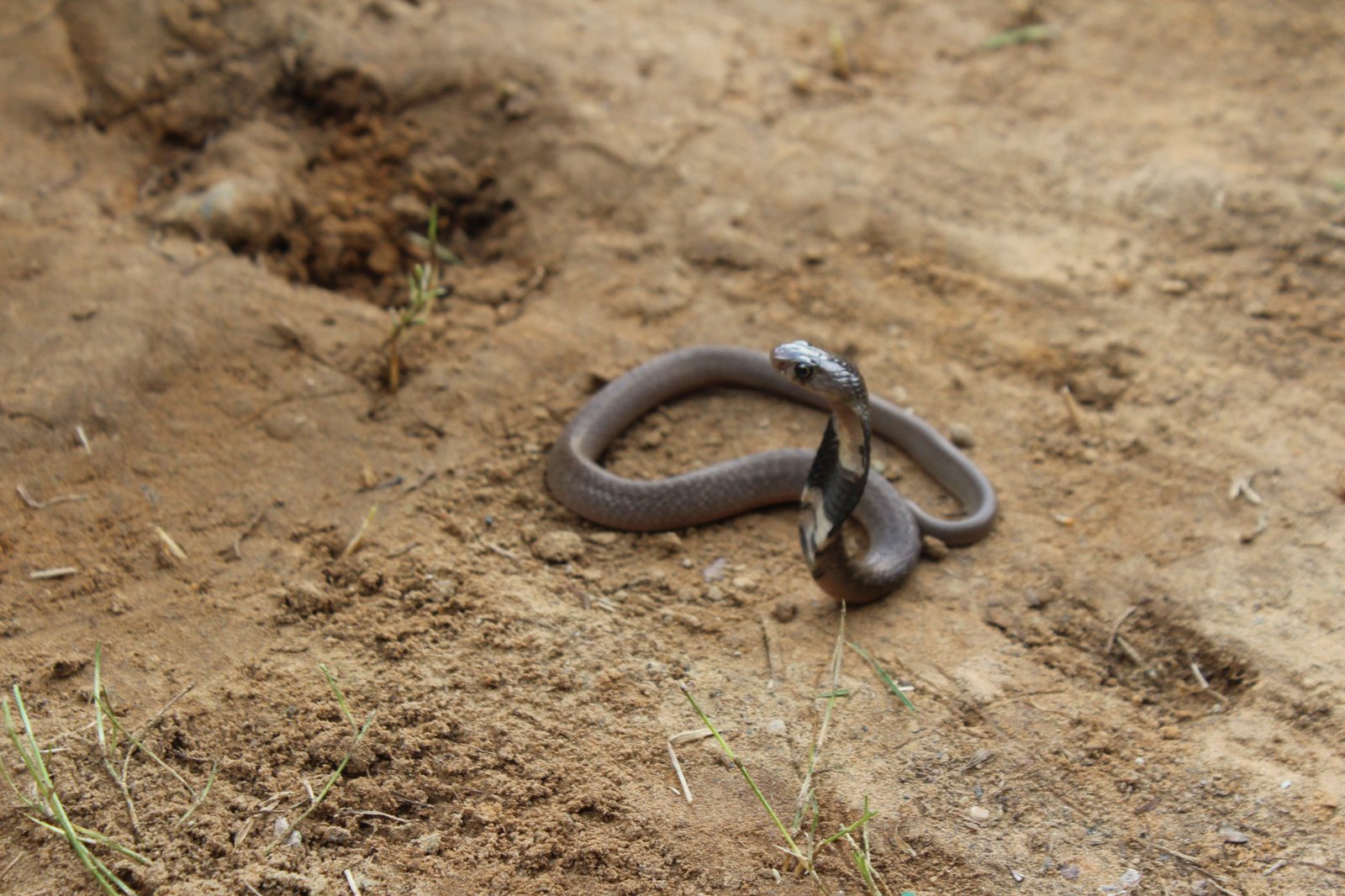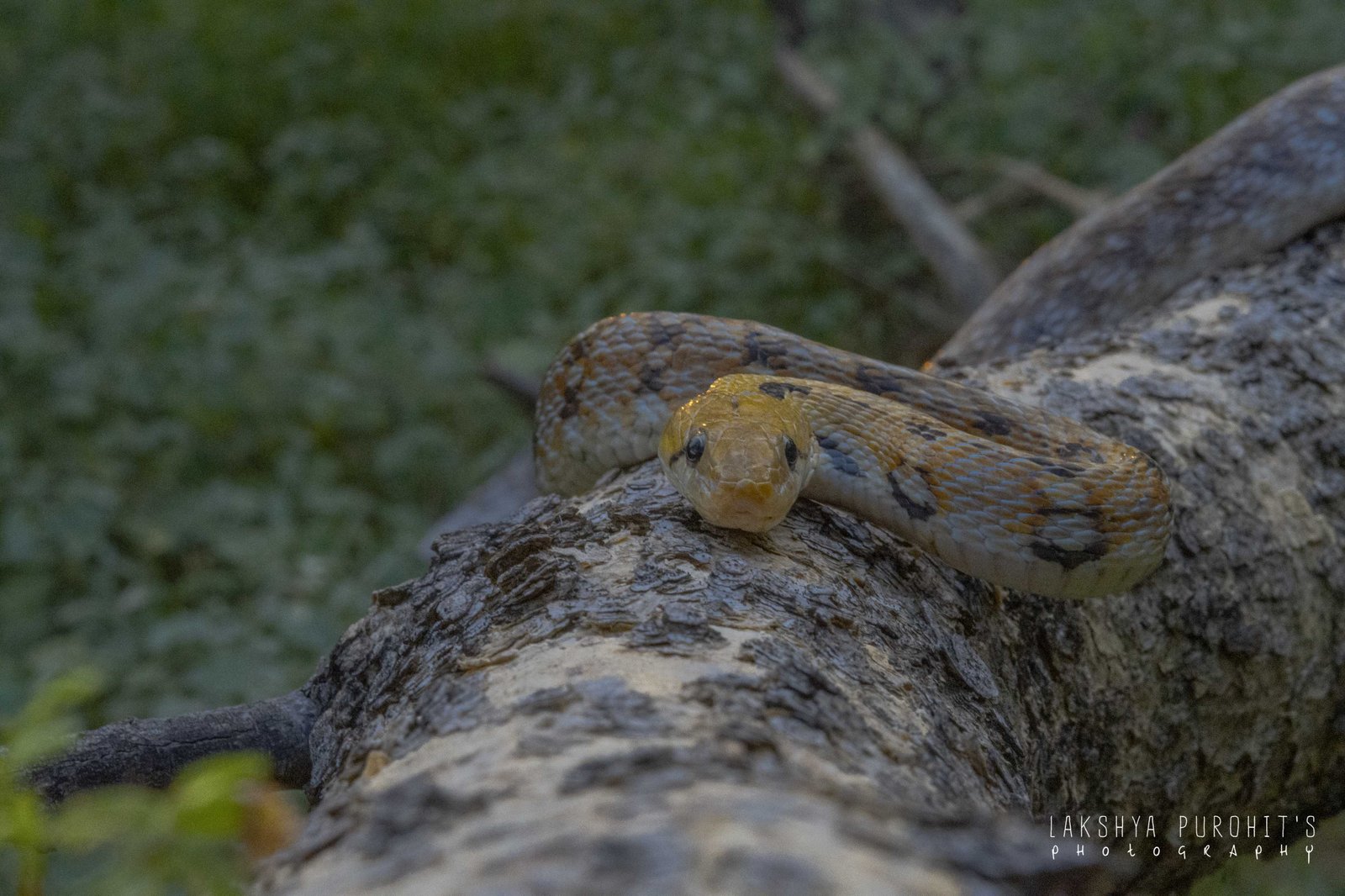Snake Helpline in Baran
Ensuring Safety and Conservation
🌿 Immediate Assistance: Snake Helpline in Baran
If you encounter a snake in your vicinity, it's crucial to seek professional help promptly. Our snake helpline in Baran connects you with trained rescuers who ensure the safe and humane relocation of snakes.
As Baran continues its trajectory of development and urban expansion, striking a delicate balance between progress and the preservation of its natural ecosystems becomes increasingly vital. The ongoing work of reptile catching services and the availability of a dependable Indian snake helpline are immediate necessities. However, the long-term vision must extend beyond mere rescue. It requires proactive measures such as advocating for sustainable development practices that minimize habitat destruction, promoting green spaces within the city, and continuously educating its citizens. The continued collaboration between the Forest Department and dedicated local NGOs is the cornerstone of this future. By empowering reptile rescue volunteers, facilitating reptile relocation services, and fostering genuine community engagement, Baran can truly embody a model of harmonious coexistence. This collective guardianship ensures that Baran's "whispers in the weeds" – the subtle, often unseen movements of its serpentine residents – continue to be a cherished and integral part of its vibrant natural tapestry for generations to come, symbolizing not just its rich cultural history, but also its deep commitment to environmental preservation.
Baran's unique geographical position as a transitional zone between the arid Thar and the greener Aravallis makes it a significant site for studying wild reptiles of Rajasthan. This ecological diversity underscores the city's critical role in broader environmental and wildlife conservation efforts. The presence of numerous heritage sites and the general human population density create inherent challenges for wildlife. Therefore, protecting Baran's wildlife, including its reptiles, is not just about isolated instances of wildlife conflict resolution; it's an integral part of a larger, more comprehensive commitment to environmental stewardship. Recognizing reptiles as an indicator species, their health and presence reflect the overall health of the ecosystem. Safeguarding their habitats, controlling pollution, and preventing habitat fragmentation are essential for the long-term survival of all species. This is where the joint efforts of the Forest Department and numerous local NGOs, often through community engagement and public-private partnerships, become indispensable in protecting the Indian reptile species and the broader biodiversity heritage of the region.





🌿 Contact Us: For snake rescue services
- +91 7230010209
- www.snakehelpline.in
- www.snakerescuejaipur.com
Snake Helpline in Baran: Ensuring Safety and Conservation
Baran, with its diverse forests, rivers, and agricultural lands, is home to numerous snake species including venomous and non-venomous varieties. As human settlements expand, encounters with snakes have become more frequent in homes, farms, and industries. The snake helpline in Baran serves as a critical resource for safe snake rescue, relocation, and conservation efforts across the district.
Importance of the Snake Helpline in Baran
- The snake helpline operates 24/7, providing immediate assistance whenever a snake is sighted in human habitats.
- Trained snake catchers arrive quickly to safely capture and relocate the snake, minimizing risks to both people and the snake.
- The helpline reduces panic and prevents unnecessary killing of snakes, promoting coexistence and wildlife conservation.
Common Snake Encounters and Rescue Scenarios
Residents and farmers in Baran frequently report various snake encounters such as:
- Snakes inside houses, schools, or offices.
- Snakes in agricultural fields, especially during harvest season.
- Snakes near warehouses and storage units, attracted by rodents.
- Snakes in marketplaces, industrial areas, and public spaces.
Each of these situations requires a specialized response from the snake rescue team to ensure humane and safe removal.
Role of Snake Rescue and Education Programs
The snake helpline is not only about rescue operations but also about raising awareness:
- Educating locals to distinguish venomous from non-venomous snake species.
- Teaching safe behavior during snake encounters to prevent bites.
- Promoting first-aid knowledge for snake bite victims.
- Highlighting the ecological importance of snakes in pest control and environmental balance.
These initiatives help build a community that respects and protects snakes rather than fearing them.
Collaboration with Local Authorities and Community
- The Baran forest department and local volunteers coordinate closely with the snake helpline to monitor snake populations.
- Rescued snakes are relocated to safe natural habitats away from human settlements.
- Use of GPS technology helps ensure proper release sites, supporting the survival of the snake and reducing future conflicts.
Benefits of the Snake Helpline for Baran
- Protects human lives by reducing snake bite incidents through timely and professional snake rescue.
- Safeguards snake species crucial for maintaining healthy ecosystems.
- Supports wildlife conservation efforts and balances human-wildlife interactions.
- Creates awareness among residents, industries, and schools about the importance of snake safety and conservation.
Conclusion
The snake helpline in Baran stands as a vital lifeline, connecting communities with expert snake rescuers dedicated to preserving both human safety and snake welfare. Through rescue services, education programs, and community collaboration, the helpline promotes peaceful coexistence with snakes, ensuring that every snake in Baran’s environment continues to play its important ecological role.
🌿 Importance of Snake Conservation in Baran
Snakes play a vital role in maintaining ecological balance by controlling rodent populations and serving as both predators and prey in the food chain. Conservation efforts in Baran focus on:
- Habitat Protection
- Public Awareness
- Rescue Operations
- Emergency Response
Common Snake Species in Baran
Snake Sightings in Urban and Rural Areas/Snake encounters in Baran have been reported in various settings:
- Residential Areas: snakes seeking shelter in homes, especially during monsoon season.
- Agricultural Fields: Farmers encountering snakes while working in Fields.
- Industrial Zones: Snakes entering warehouses and factories in search of food and shelter.
Our Snake Rescue and Management services -
- 24/7 Helpline: Immediate Response To Snake sightings.
- Professional Rescuers: Trained Personnel equipped to handle various snake species safely.
- Community Workshops: Educational Programmes to Inform the Public about snake behaviour and safety measures.
Collaboration with NGOs and Wildlife Organizations
WE work closely with local NGOs and Wildlife Organizations to enhance snake conservations efforts.
- Hope and Beyond: engages in environmental conservation and community devlopment projects.
- Forest Department: Trained Personnel equipped to handle various snake species safely.
- Community Engagements: Educational Programmes to Inform the people about snake behaviour and safety measures.
Educational Initiatives and Training Programs
To promote Co-Existence between humans and snakes, we offer
- School Programs: Interactive session for students to learn about snakes and their ecological roles.
- Volunteer training: Opportunities for individuals to become a certified snake rescuer.
- Public Seminars: Workshops on snake identification, First-Aid for snake bites, and preventive measures.
- Green Vine Snake (Ahaetulla oxyrhyncha)*
- Laudankia Vine Snake (A. laudankia)**
- Forsten's Cat Snake (Boiga forsteni)**
- Common Cat Snake (B. trigonata)**
- Indian Egg Eater (B. westermanni)**
- Common Trinket (Coelognathus helena helena)**
- Montane Trinket (C. h. monticollaris)*
- V-Collared Trinket (C. h. nigriangularis)*
- Common Bronzeback (Dendrelaphis tristis)**
- Common Wolf Snake (Lycodon aulicus)**
- Barred Wolf Snake (L. striatus)
- Sind Awl-headed (Lytorhynchus paradoxus)***
- Northern Kukri (Oligodon russelius)**
- Streaked Kukri (O. taeniolatus)
- Tillack's Kukri (O. tillacki)*
- Common Sand Boa (Eryx conicus)**
- Red Sand Boa (E. johnii)
- Indian Rock Python (Python molurus)**
- Indian Saw Scaled Viper (Echis carinatus carinatus)**
- Sind Saw Scaled Viper (E. c. sochureki)
- Russell's Viper (Daboia russelii)**
- Siebold's Water Snake (Ferania sieboldii)
- Sind Thread Snake (Myriopholis blanfordi)
- Beaked Thread Snake (M. macrorhyncha)